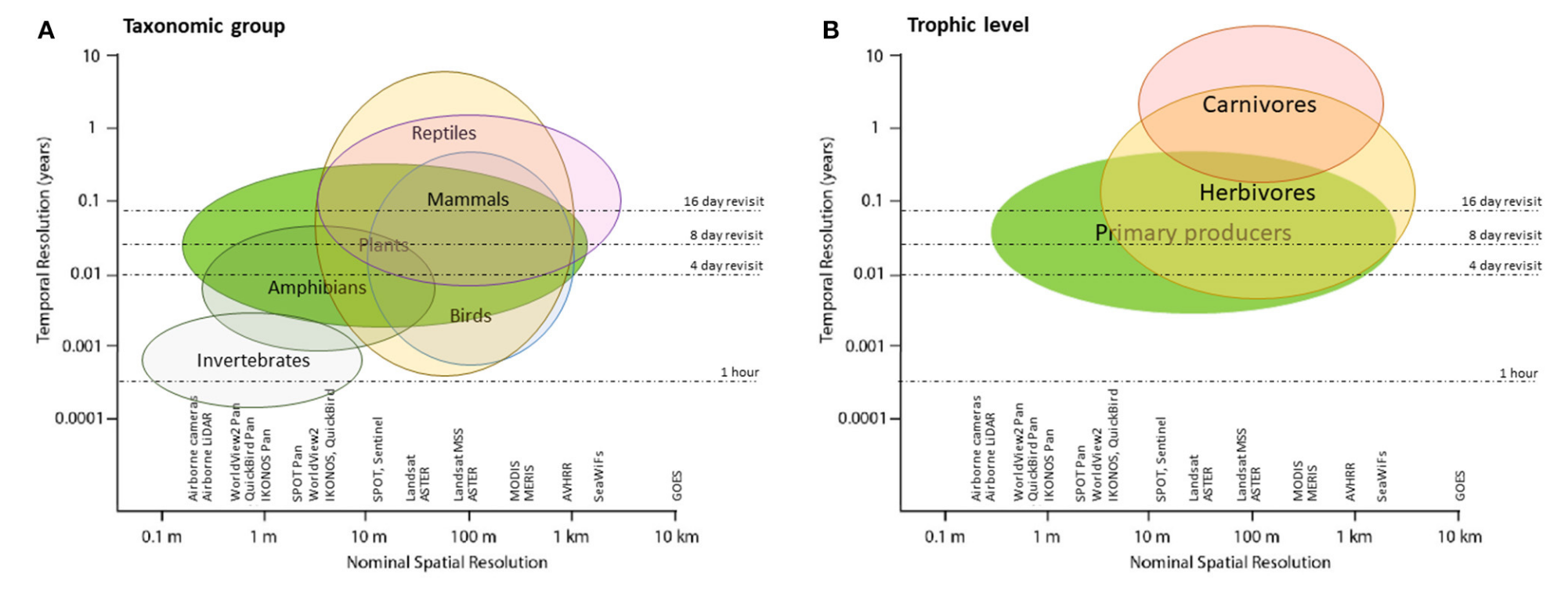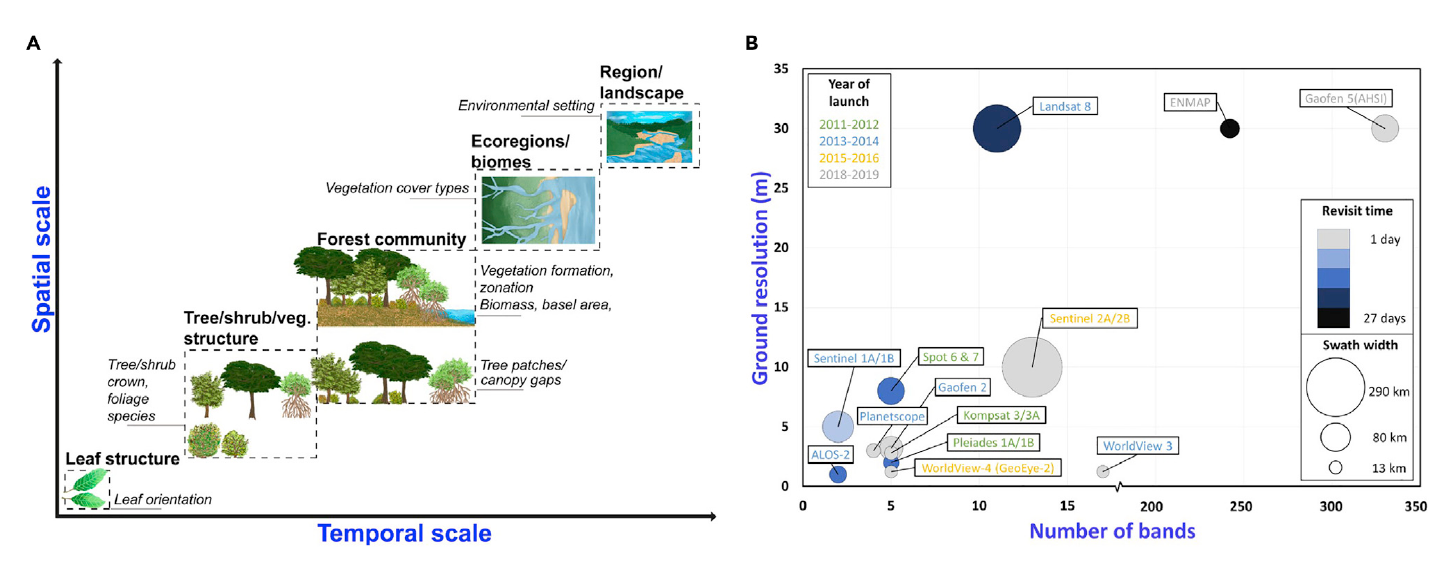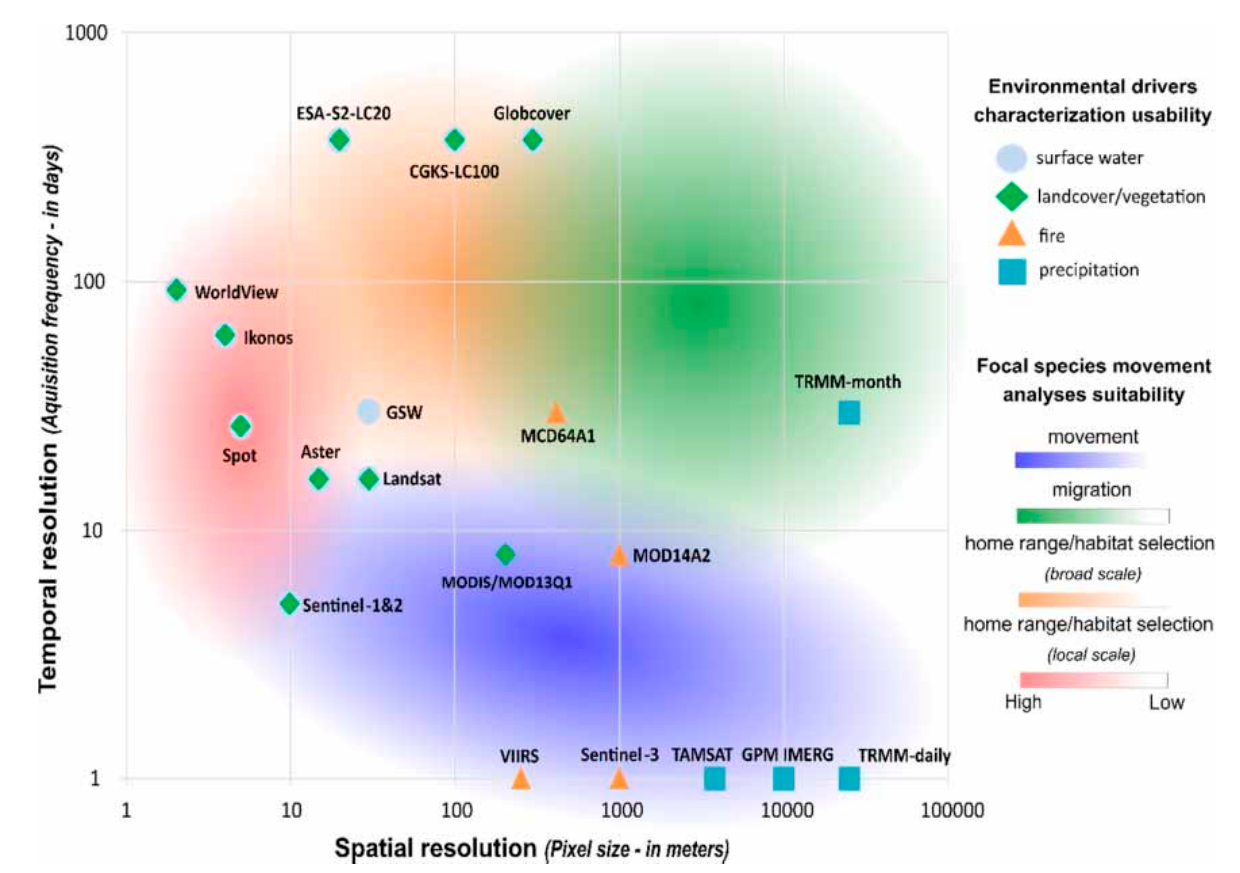Environmental drivers of vector-borne and zoonotic diseases
Leveraging remote sensing for Public Health
About me
- Researcher and lecturer at Instituto Gulich
- Background: Dr. in Biology, MSc. in Spatial Information Applications
- Remote sensing and geospatial applications in disease ecology
- Member of the GRASS GIS Dev Team & project chair; OSGeo Charter member & FOSS4G enthusiast
Overview
- Motivation
- Health Geography
- Disease Ecology
- Leveraging remote sensing for Disease Ecology
- Resolution vs scale
- How can we use RS?
- Examples
- Gaps, challenges and opportunities
- Conclusion
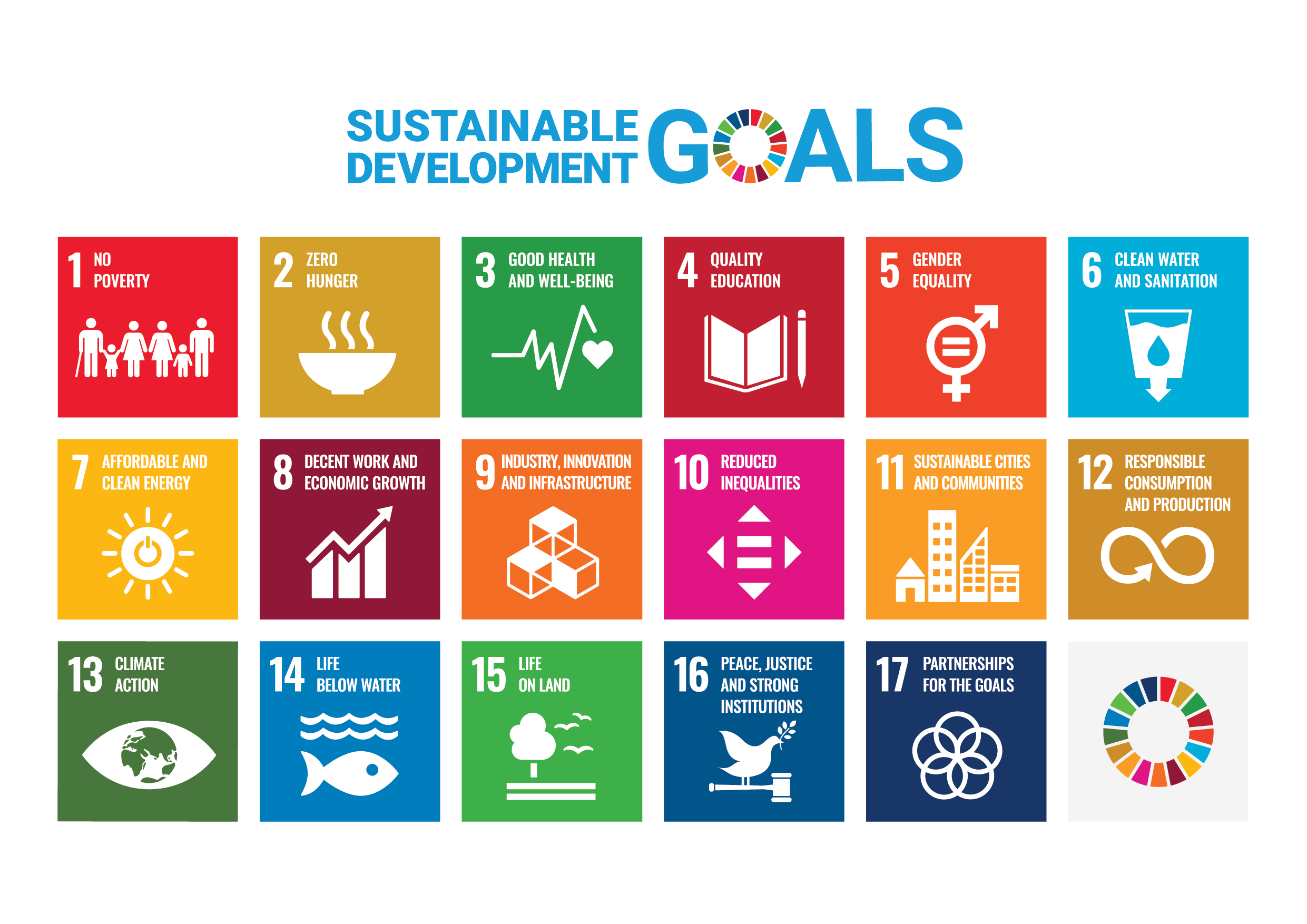


Neglected Tropical Diseases (NTD)
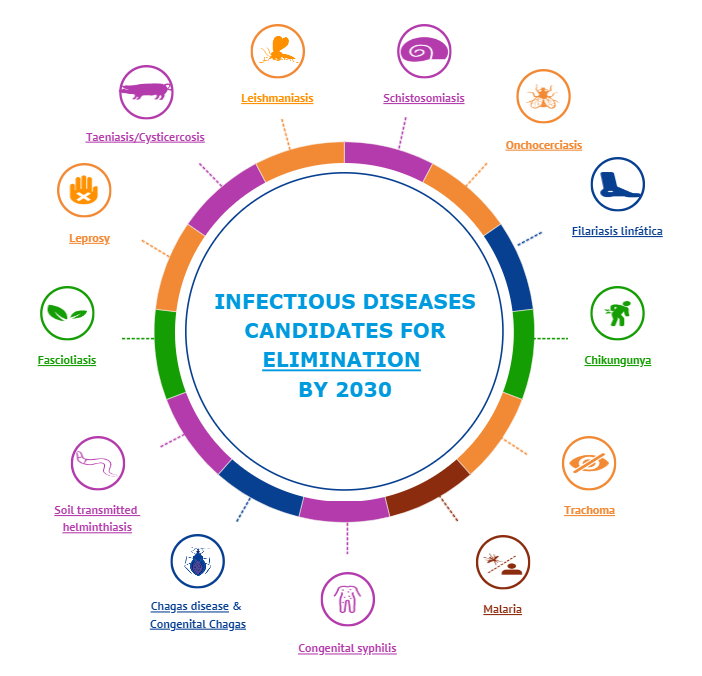
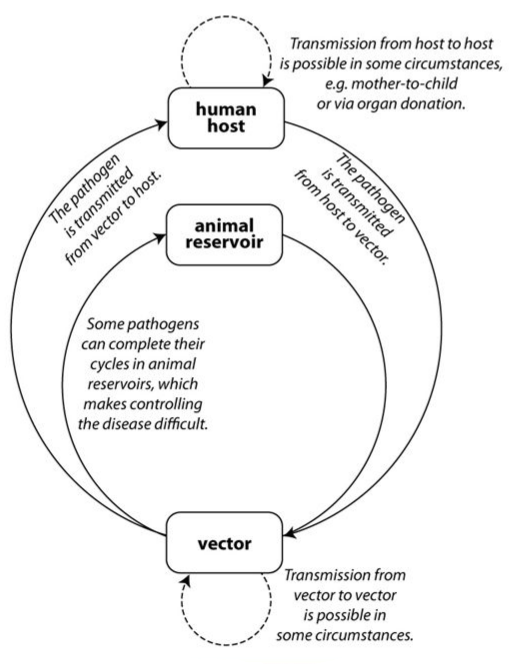
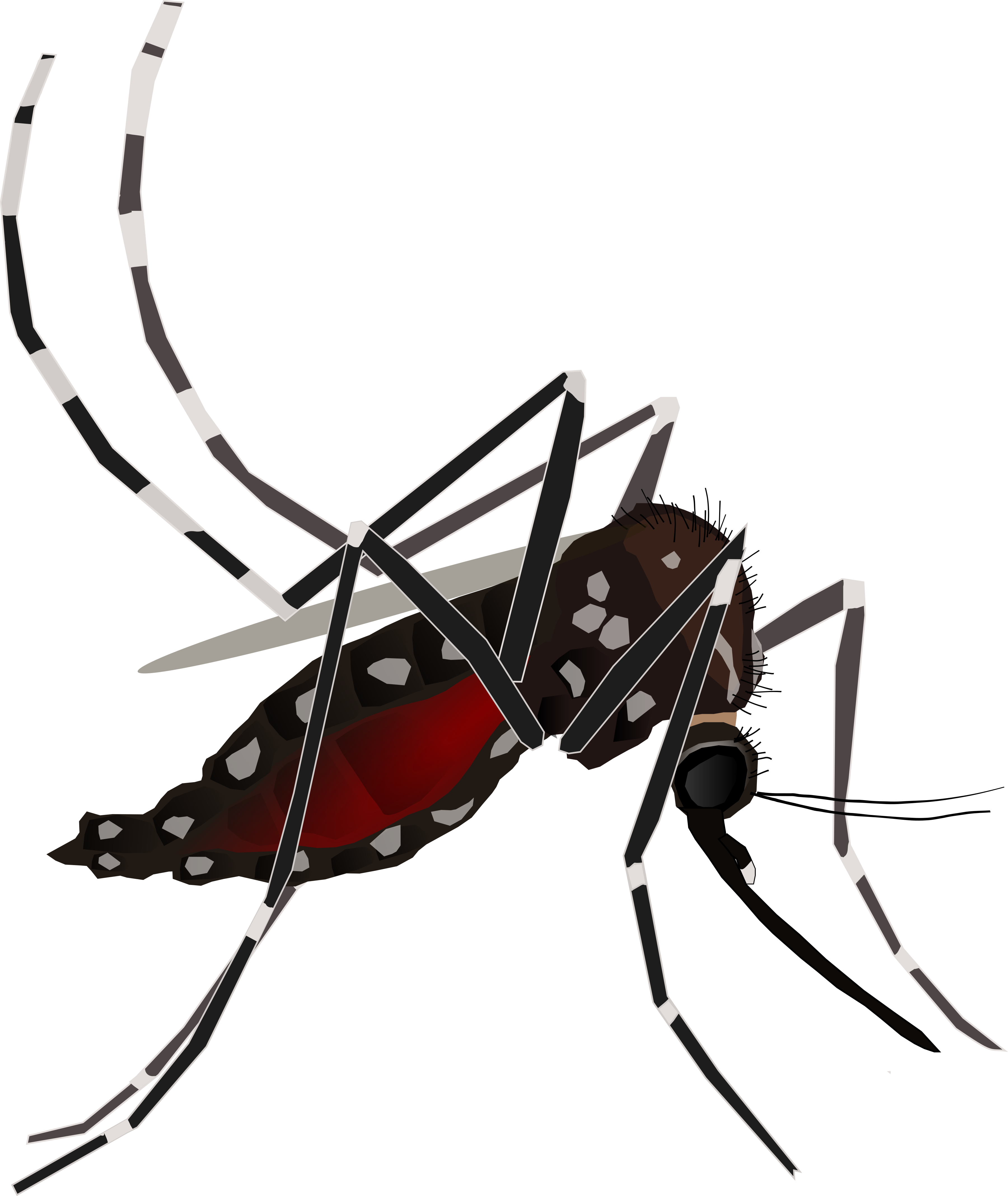
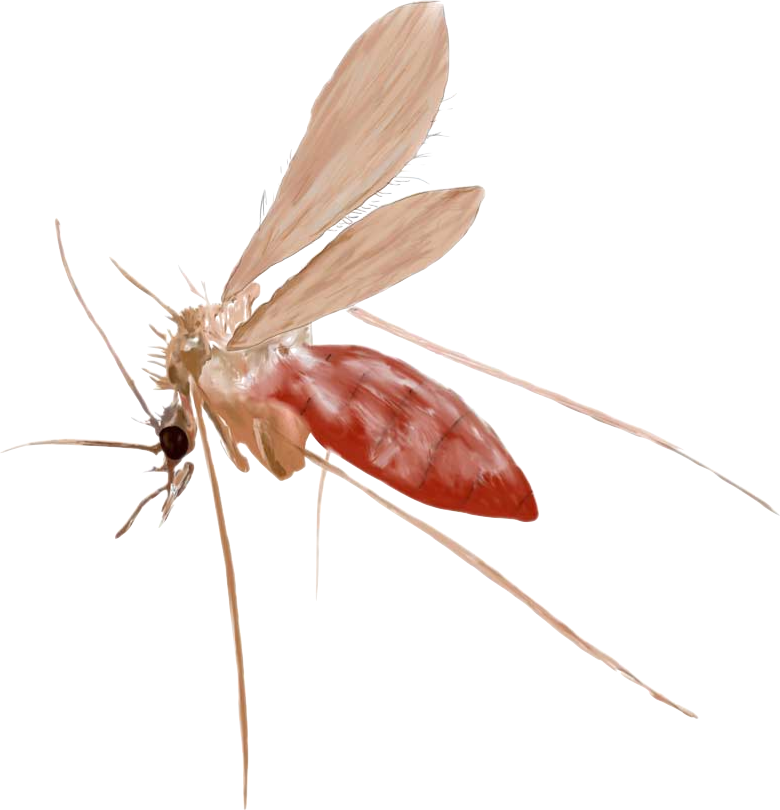

You all have seen this, right?
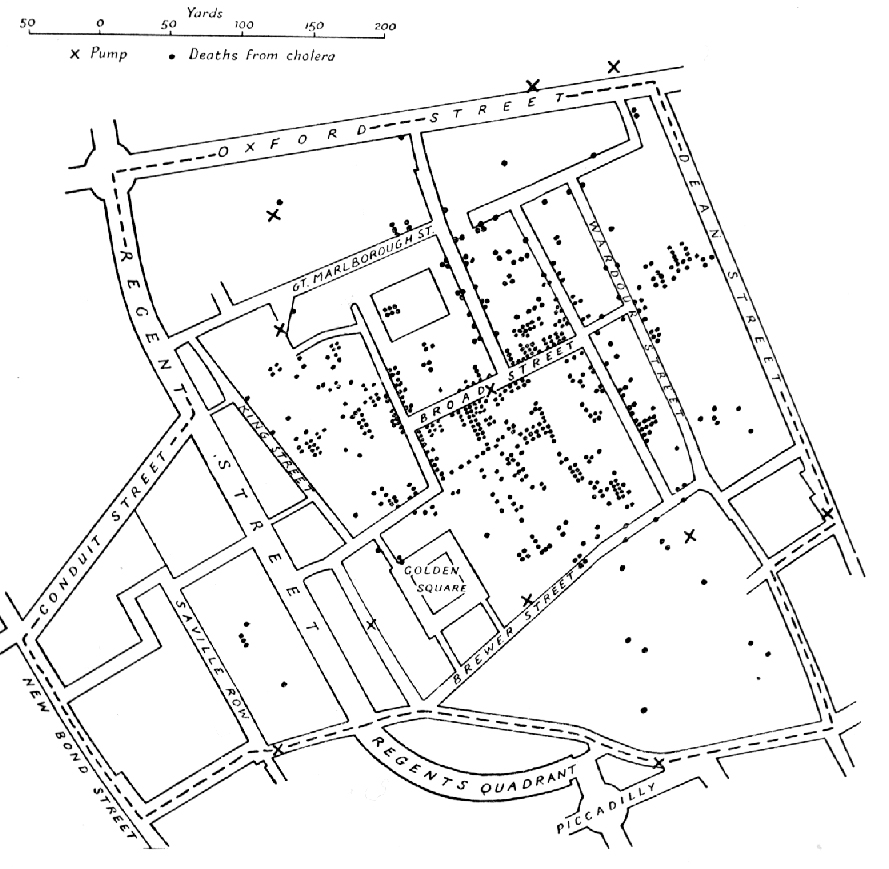
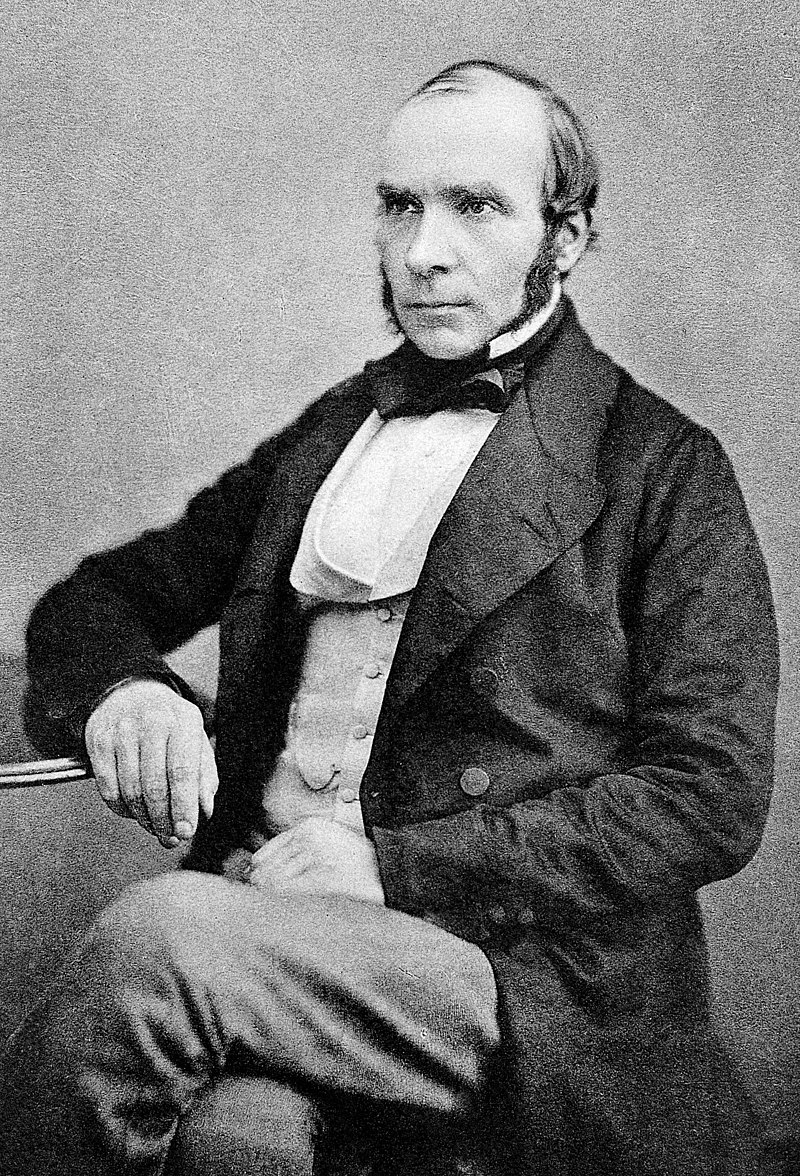
Health Geography
Environmental health: focuses on environmental hazards, environmental risk assessment, and the physical and psycho-social health impacts of environmental contamination.
Disease ecology: study of infectious diseases (including NTDs) and the spatial distribution of environmental, social, political & economic conditions associated with disease.
Health care delivery and access: spatial patterns of health care provision and patient behavior.
Health Geography
Environmental health: focuses on environmental hazards, environmental risk assessment, and the physical and psycho-social health impacts of environmental contamination.
Disease ecology: study of infectious diseases (including NTDs) and the spatial distribution of environmental, social, political & economic conditions associated with disease.
Health care delivery and access: spatial patterns of health care provision and patient behavior.
Disease Ecology I
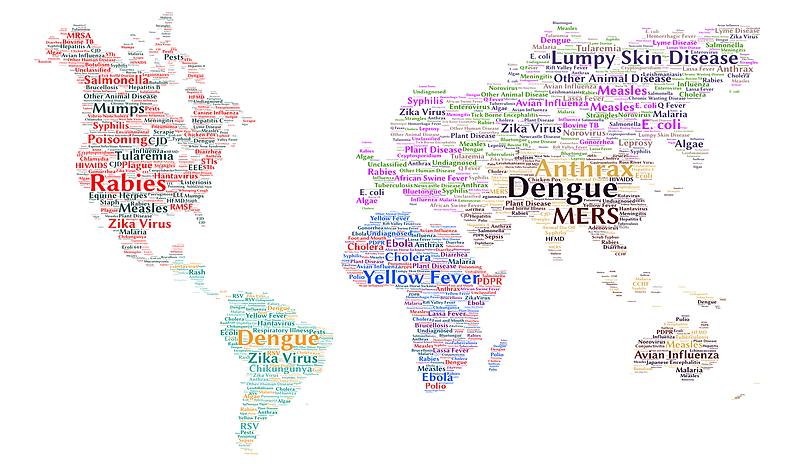
The main objective is to understand the influence of environmental factors and to predict when and where a disease is most likely to occur
decision making, planning of prevention, management or response actions, etc.
Disease Ecology II
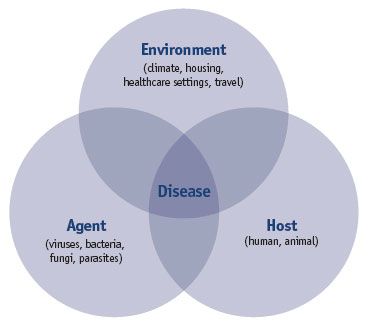
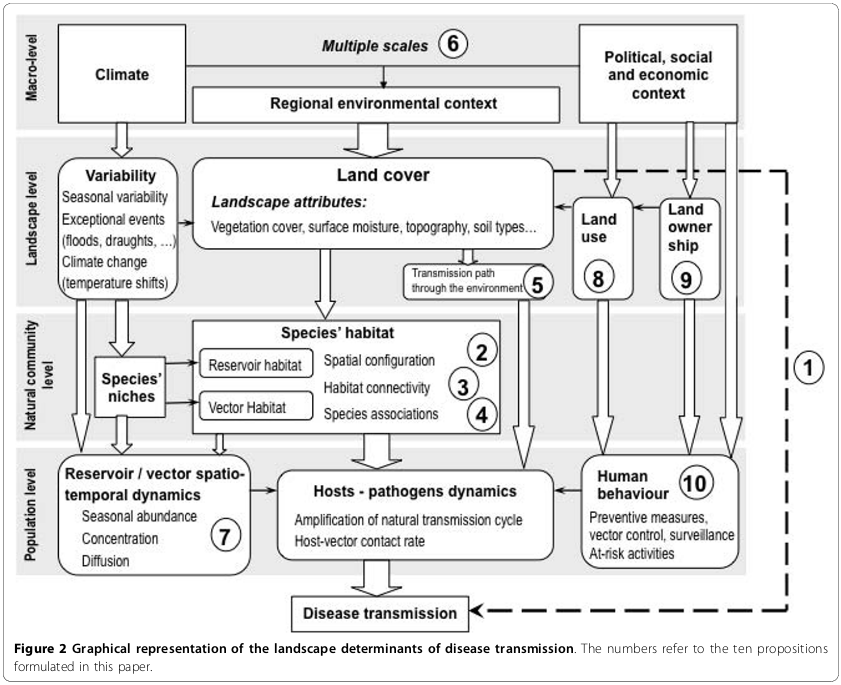
Lambin et al. (2010)
Use of RS in Health applications
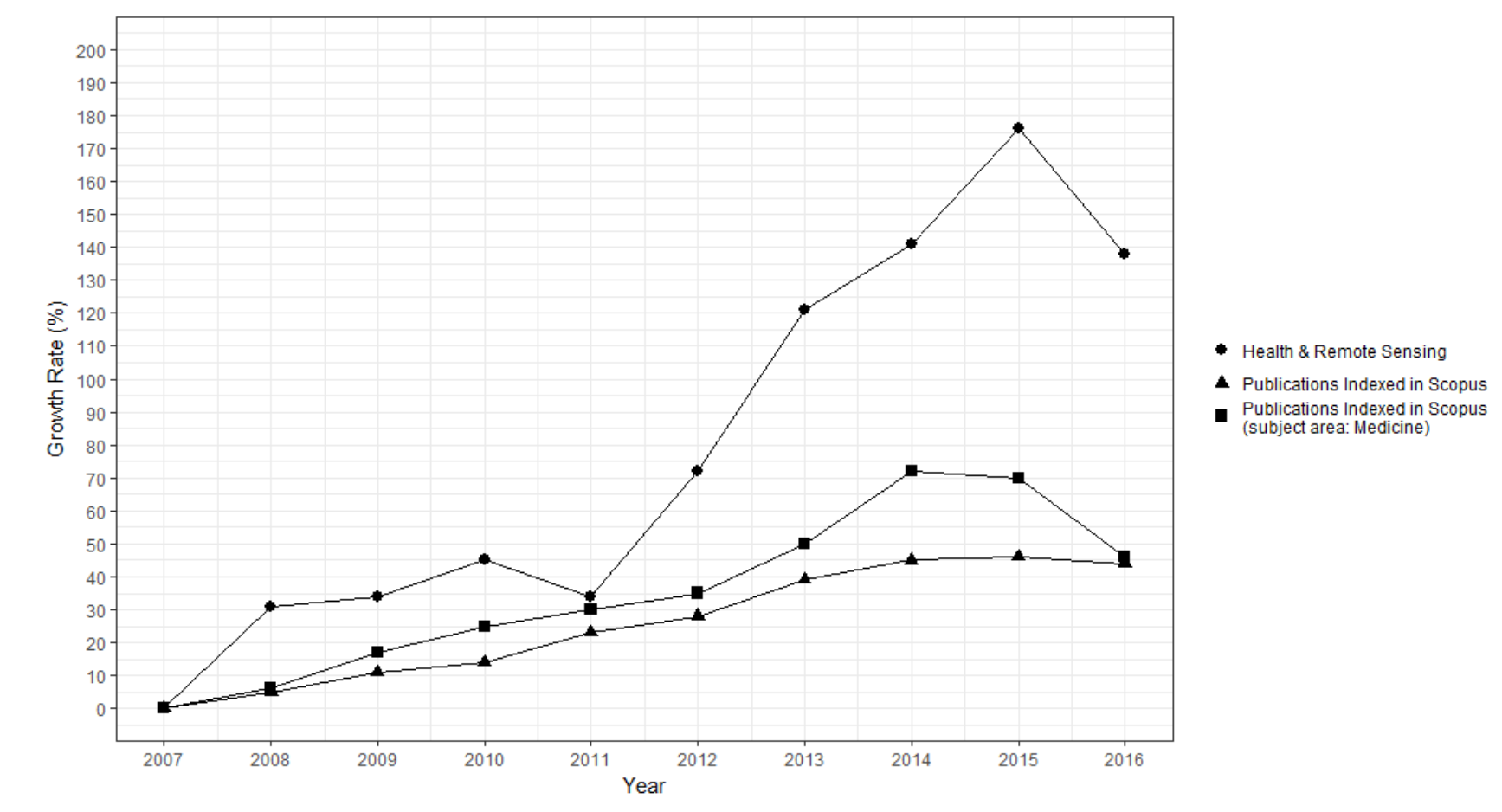
Viana et al. (2017)
Most common RS variables used
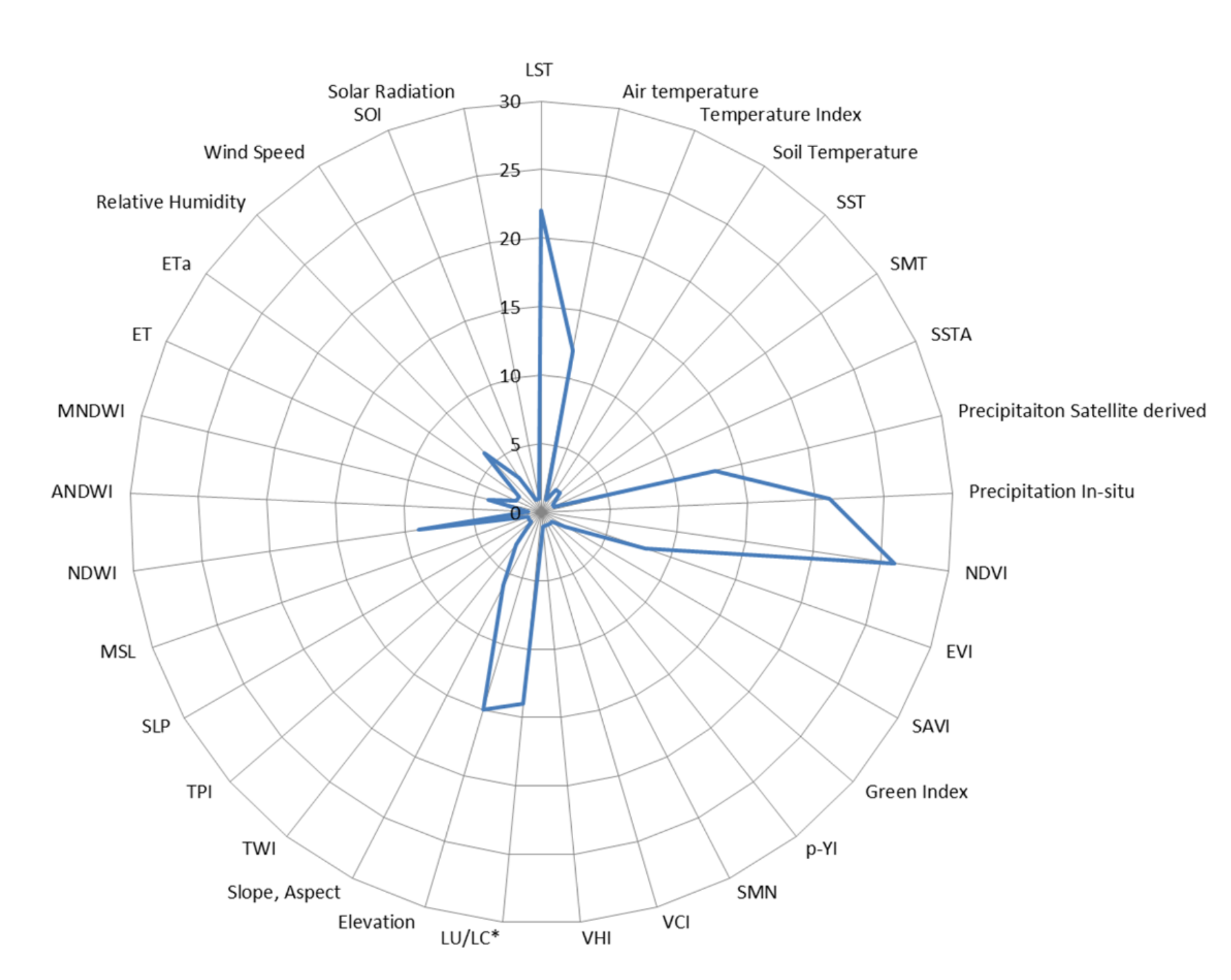
- LST
- Precipitation
- NDVI
- LULC
- Elevation
- NDWI
Parselia et al. (2019)
Remote sensing basic features
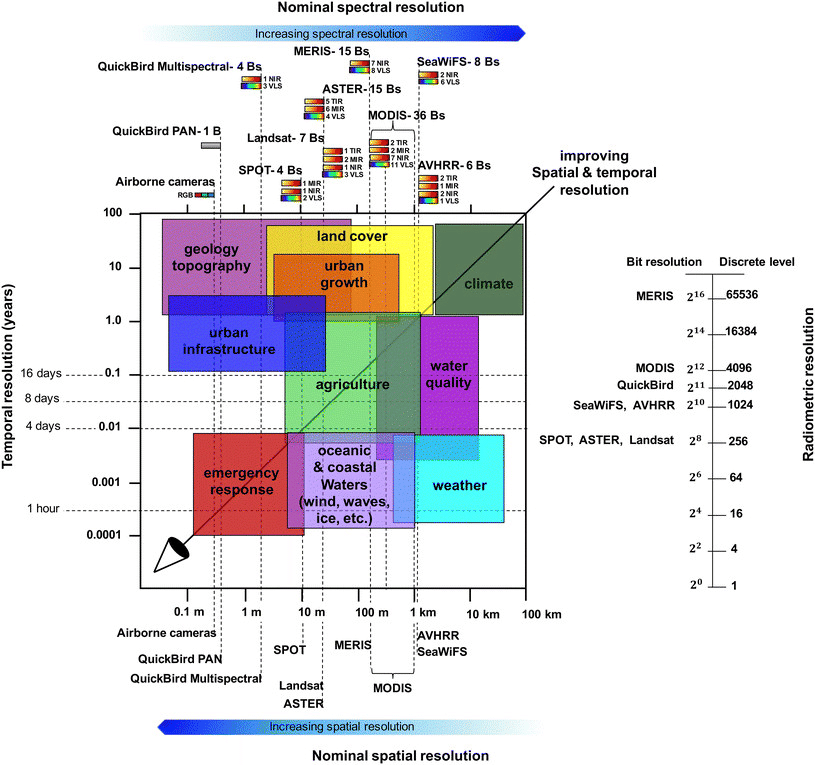
Kasampalis et al. (2018)
Remote sensing & scale I

Pearson and Dawson (2003)
Remote sensing & scale II
How to apply RS in disease ecology?
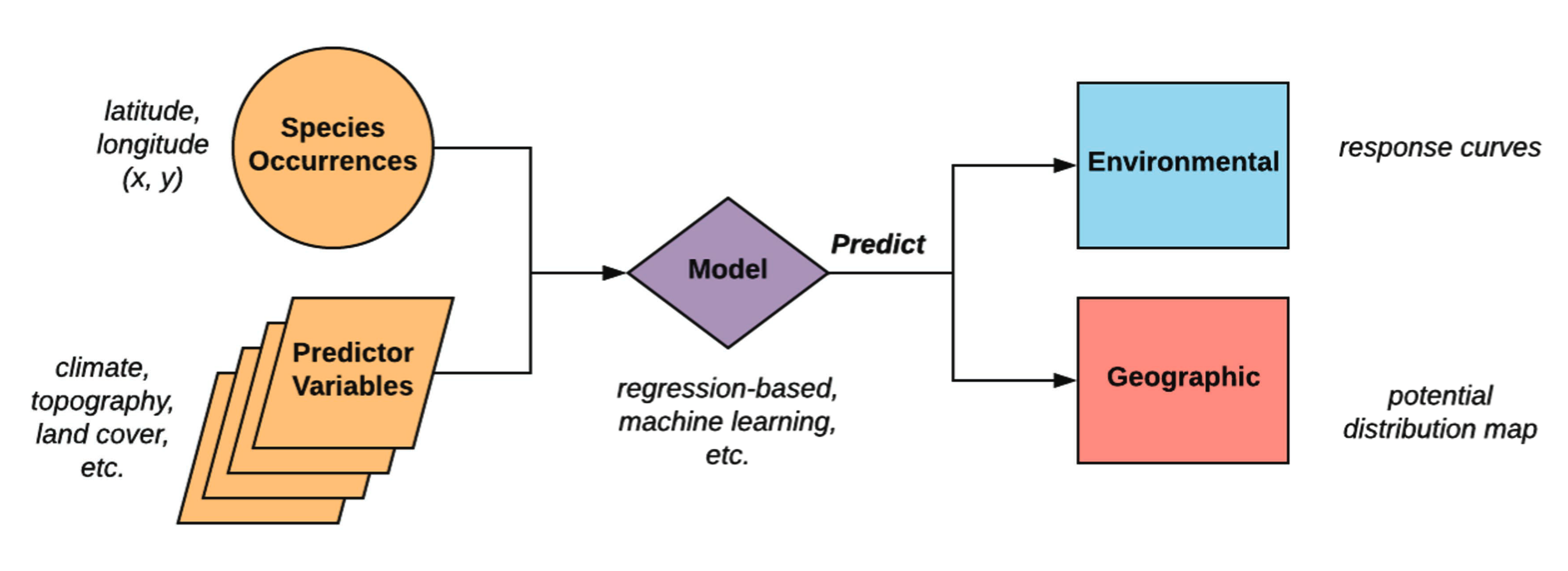
Let’s have a look at some real cases…
Detecting and mapping species occurrences
- Very high resolution (VHR) imagery
- Hyperspectral data (esp. for plant species)
- Direct and indirect counting (CV, ML, DL)
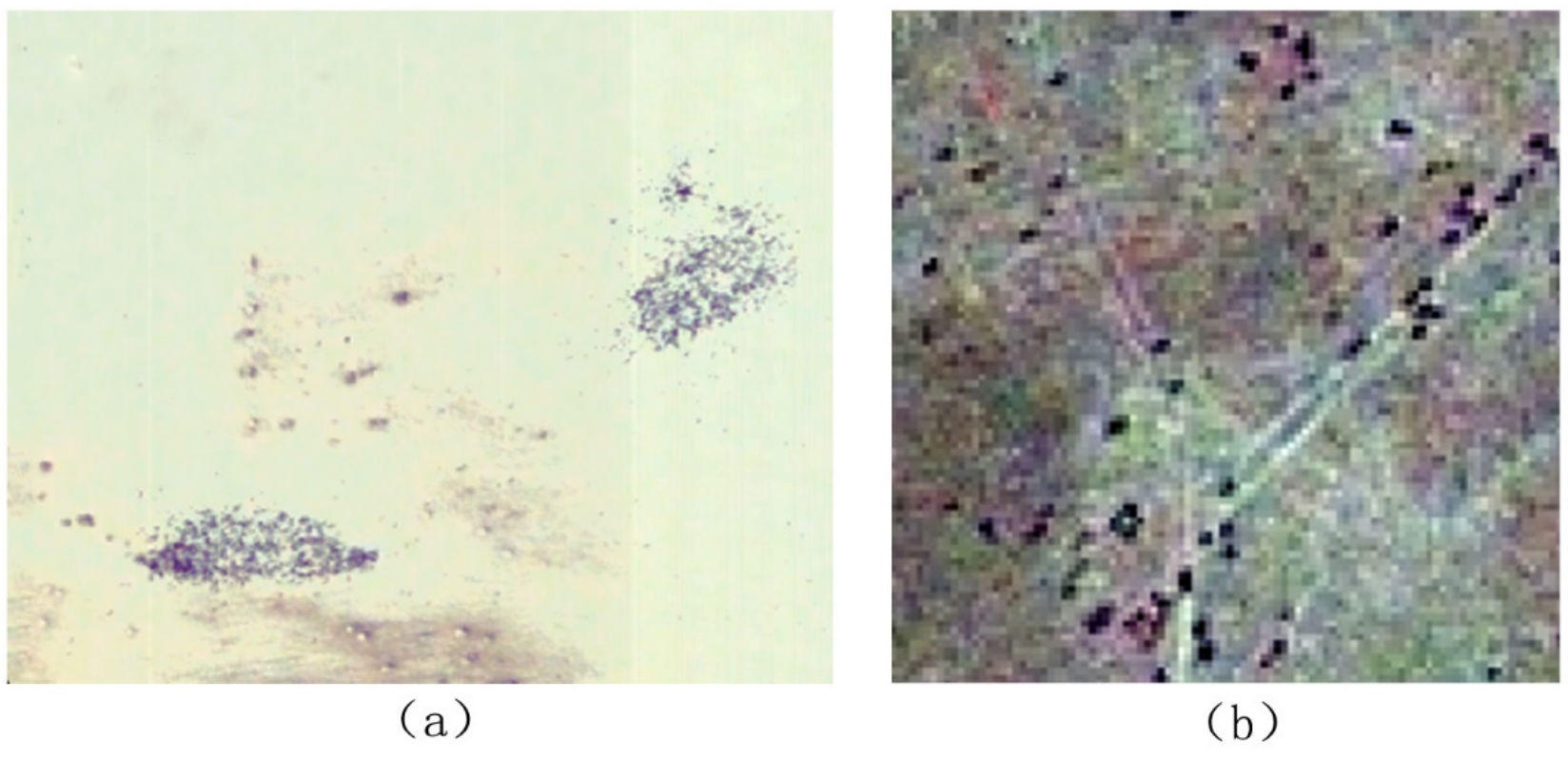
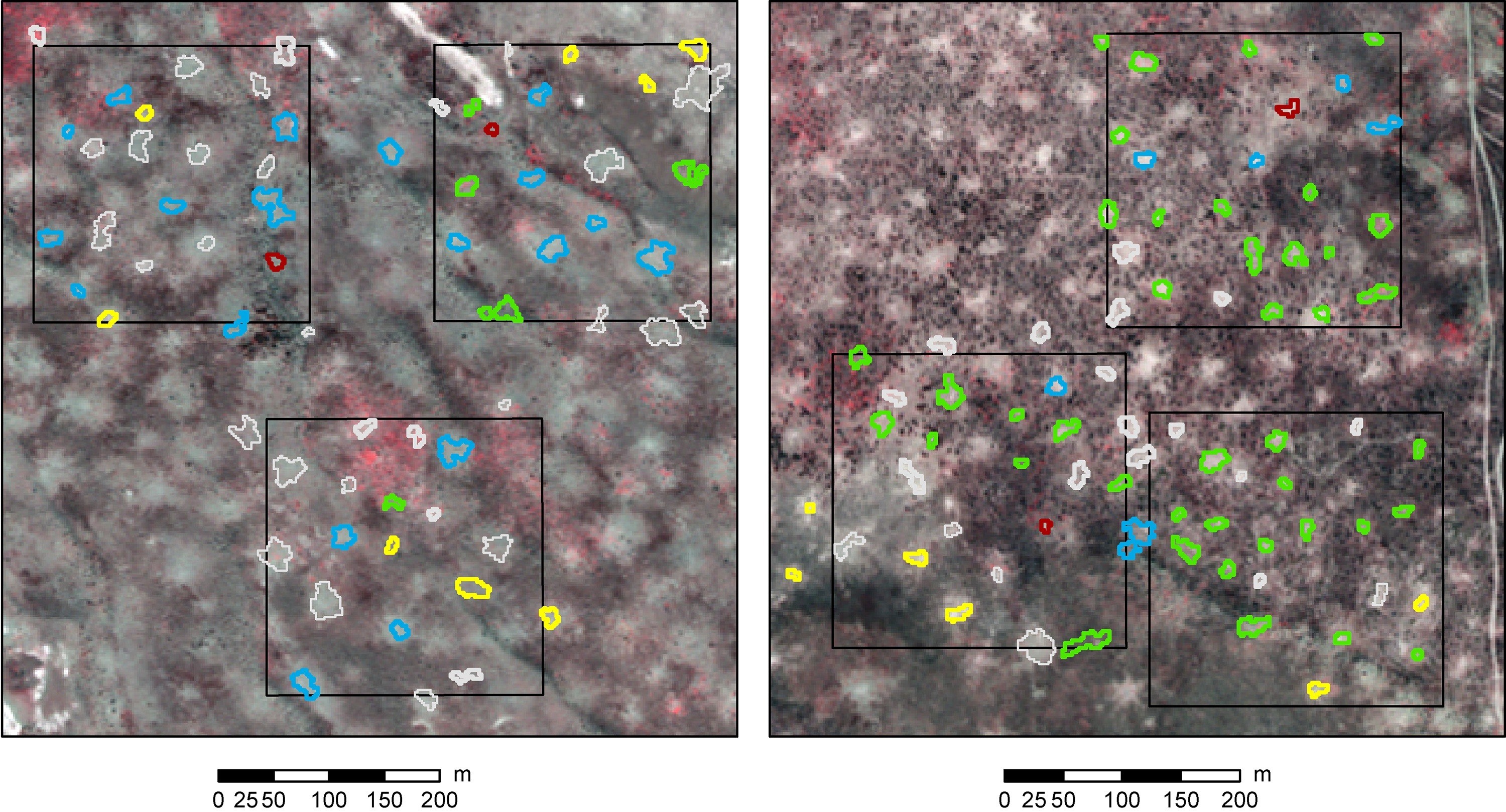
Wang et al. (2019)
Detecting and mapping species occurrences
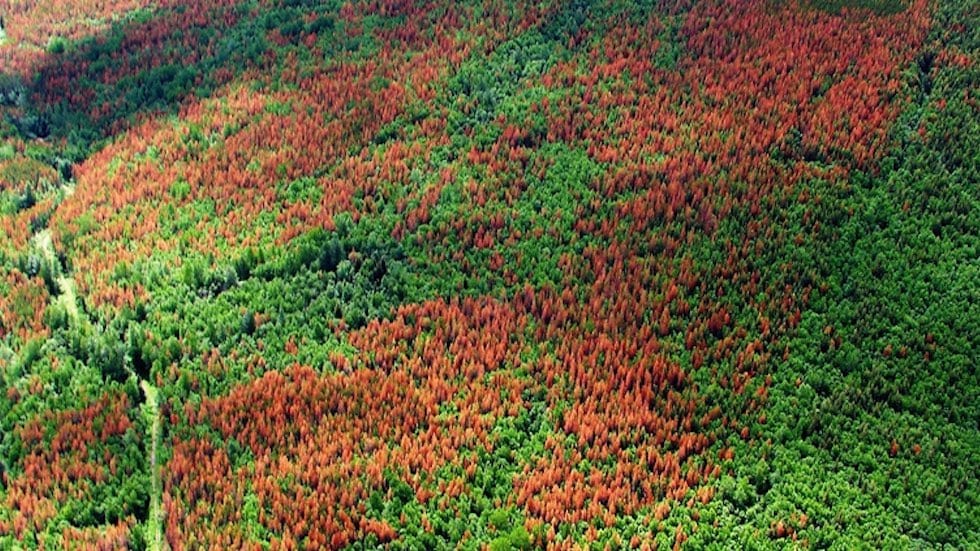
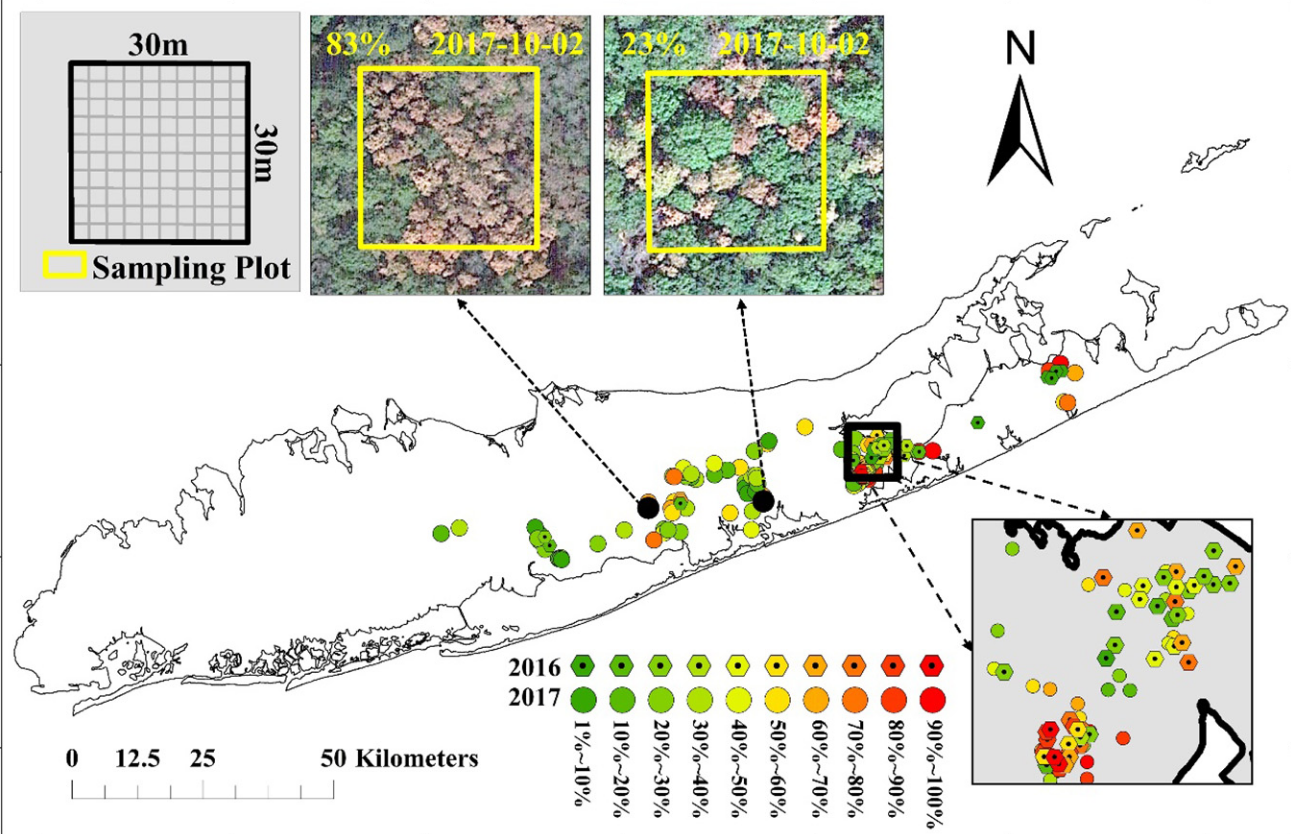
Meng et al. (2022)
Time series analysis of satellite products
- MODIS LST temporal and spatial reconstruction (LWR & splines)
- Estimation of relevant indices (GRASS GIS temporal framework!)
- Detection of spatial and temporal clusters of favorable conditions for the occurrence of West Nile Fever cases in Greece
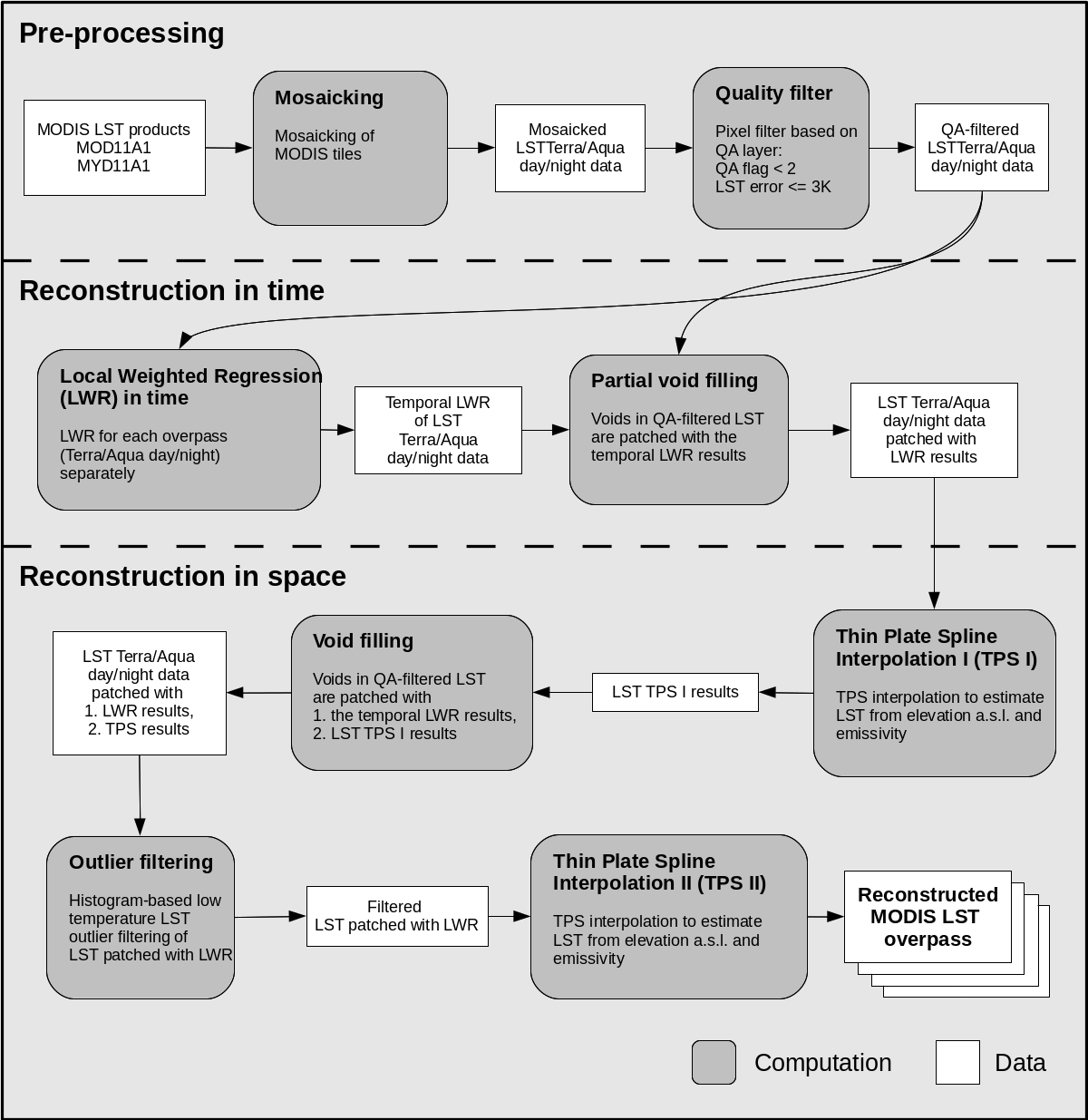
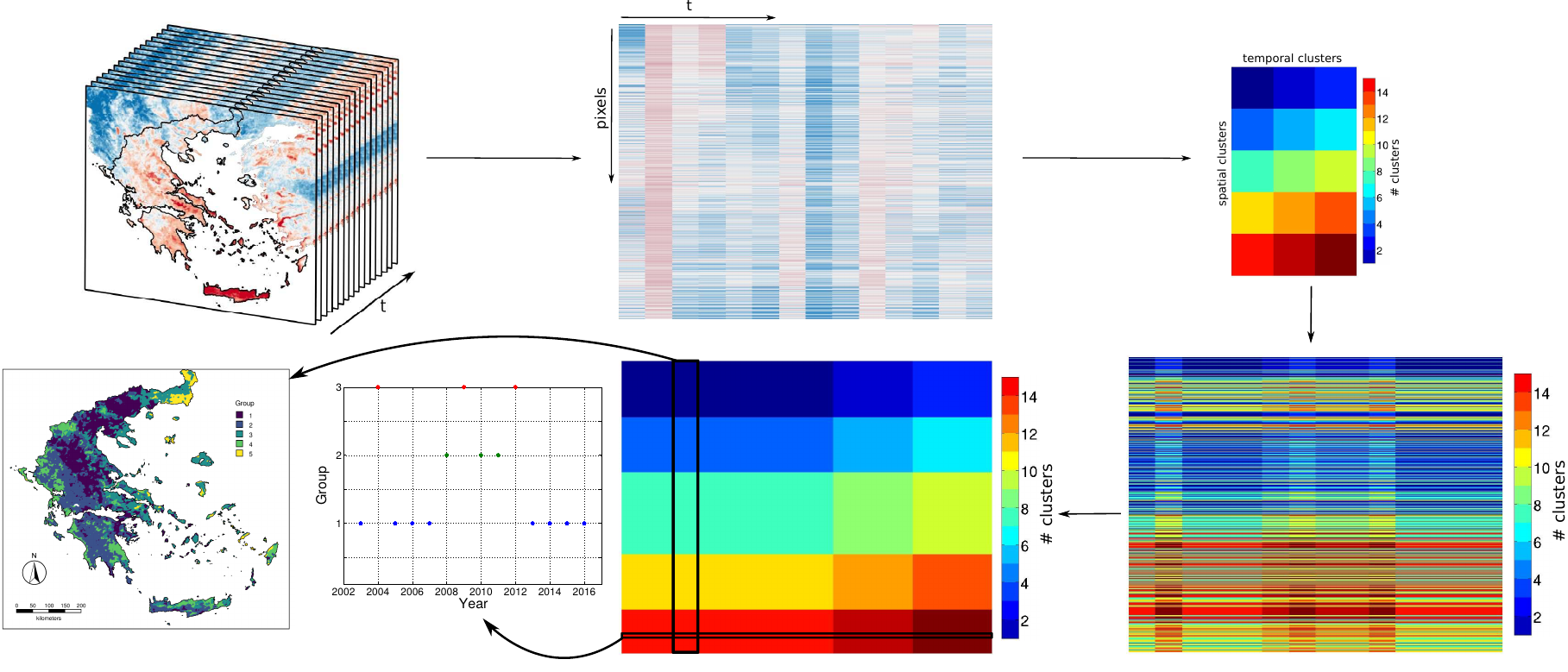
Environmental risk of Dengue
- MODIS LST is used to estimate number of extrinsic incubation periods (EIP) that virus might complete; the higher this number, the higher the environmental risk
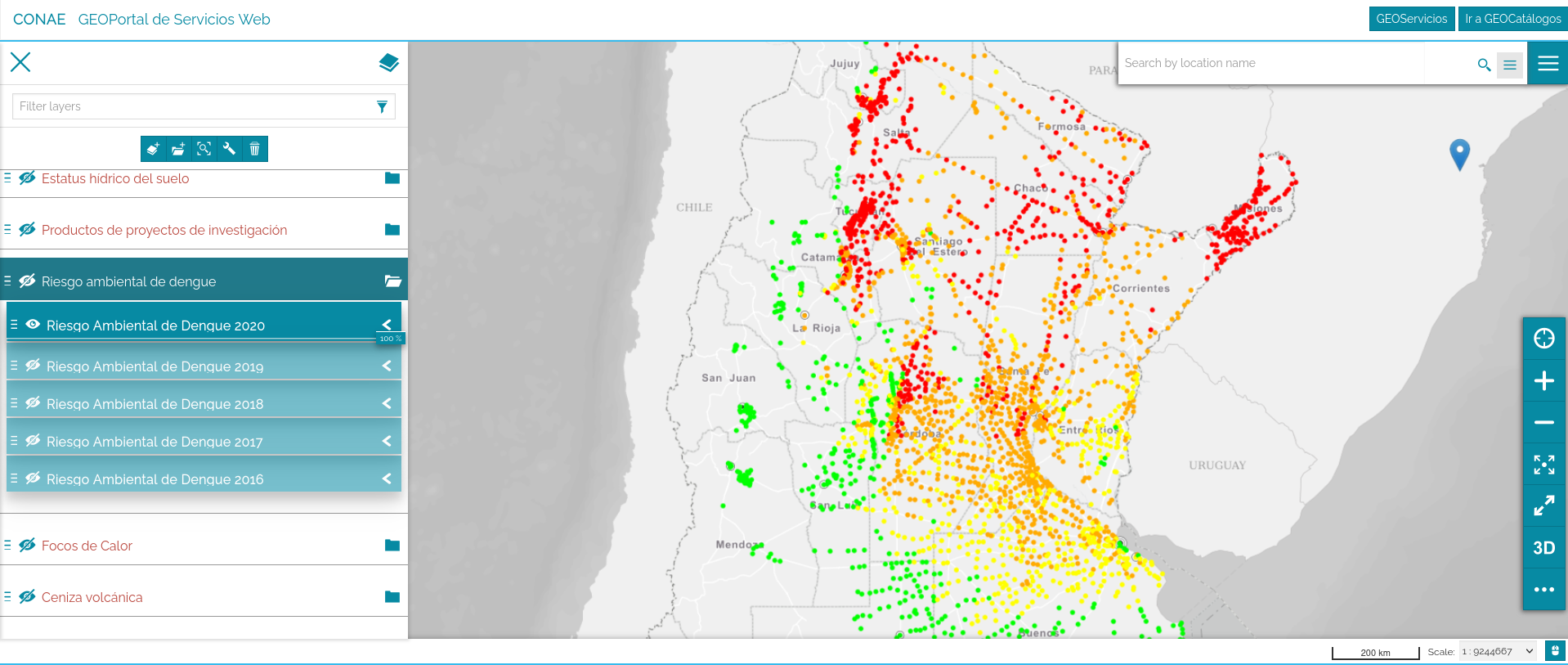
Porcasi et al. (2012), https://github.com/InstitutoGulich/RiesgoAmbiental
SDM & GIS based approach for HPS risk map
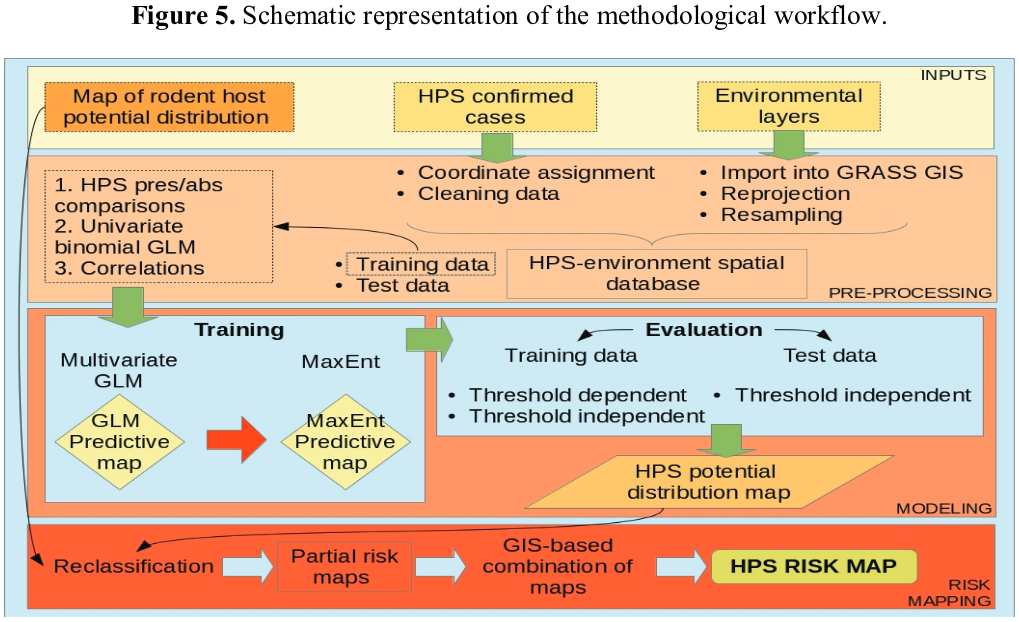
We combined a rescaled probability map of the host with one of the human cases to determine levels of transmission risk

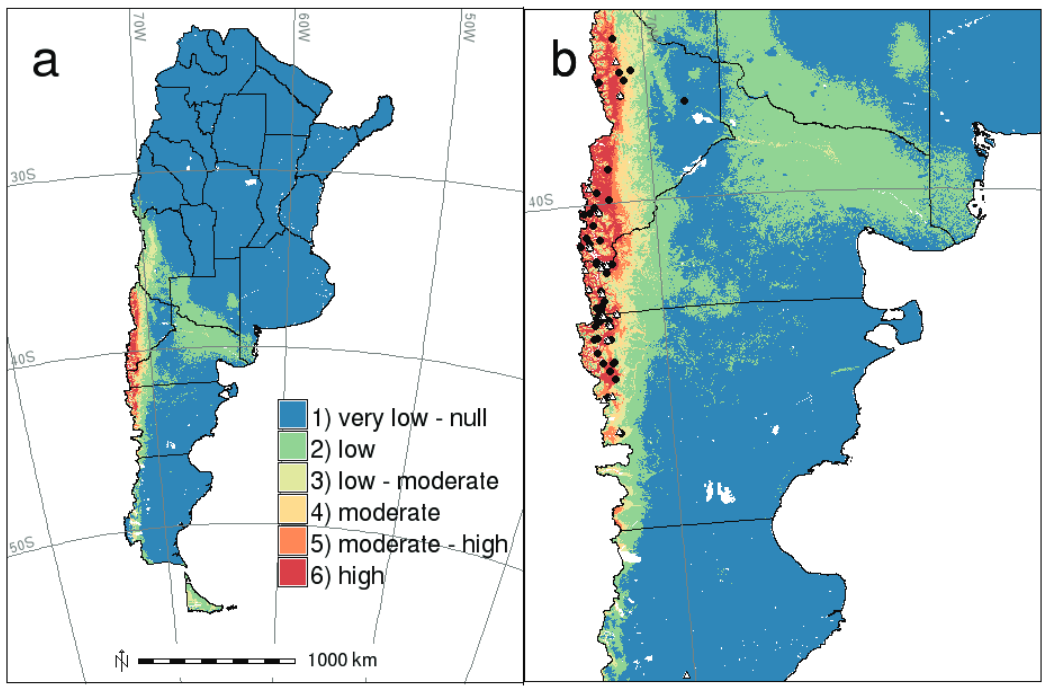
Cutaneous leishmaniasis and LULCC

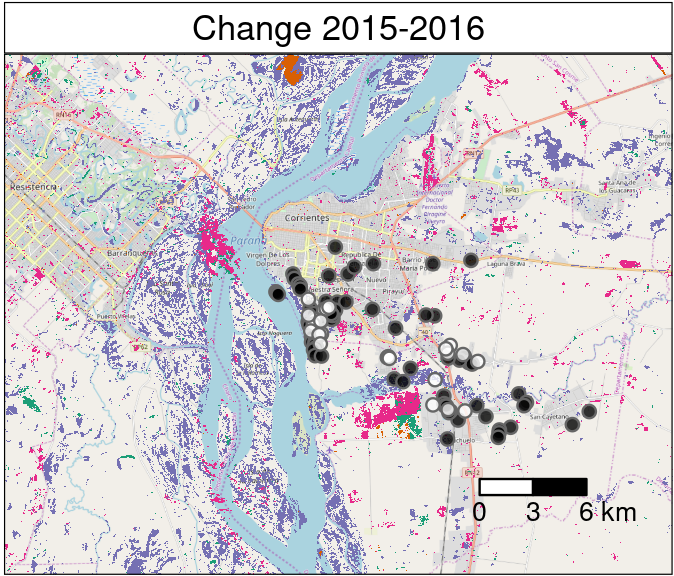
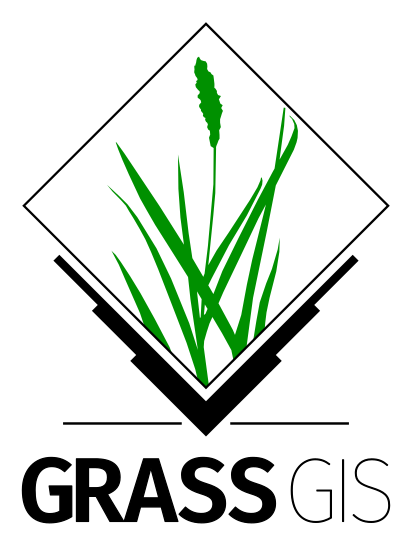
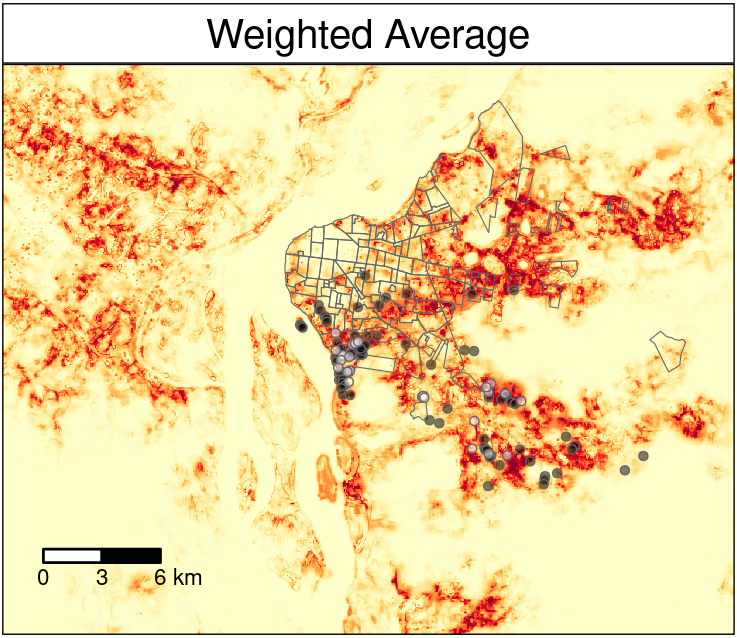
Spatial distribution of temporal patterns
- Temporal and spatial patterns in Aedes aegypty in Córdoba
- Association with variables derived from Sentinel 2 imagery analysis to predict temporal patterns over the whole city.
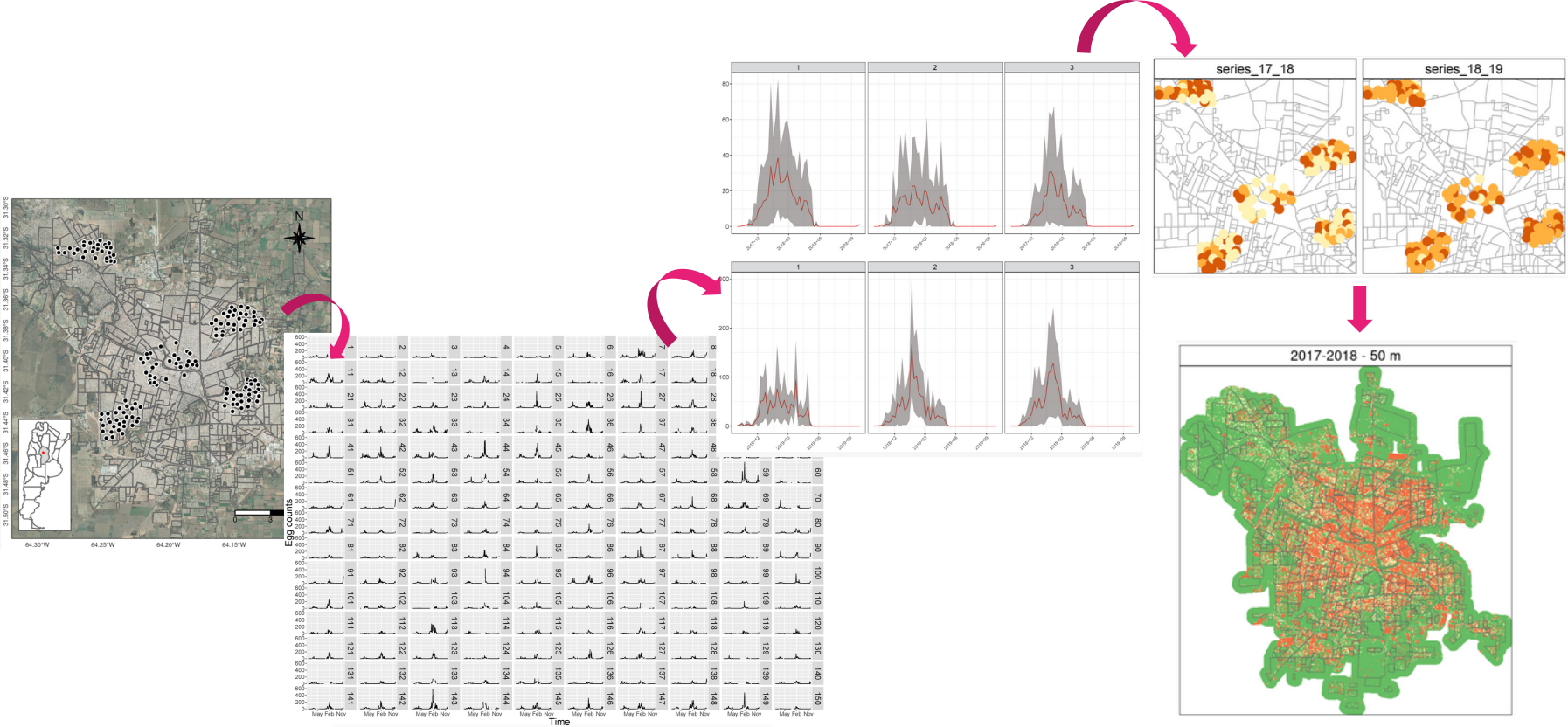


Andreo et al. (2021)
Urban environmental characterisation for the distribution of ovitraps
- Object-based classification of VHR imagery
- Landscape metrics for polygons
- Clustering to find groups of similar polygons
- Stratified distribution of ovitraps
 MSc thesis, Carla Rodriguez.
MSc thesis, Carla Rodriguez.
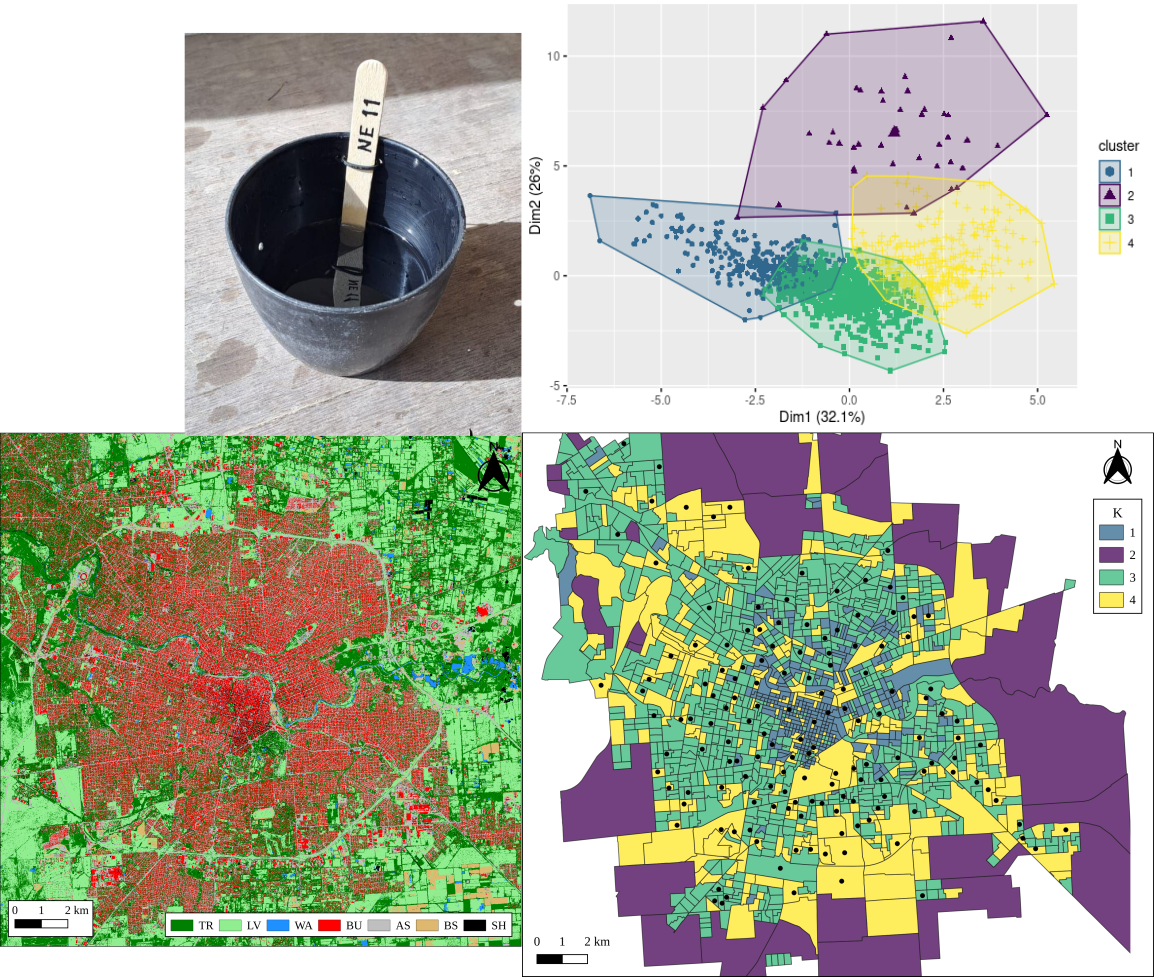
Predictive system based on population dynamics and weather forecasting
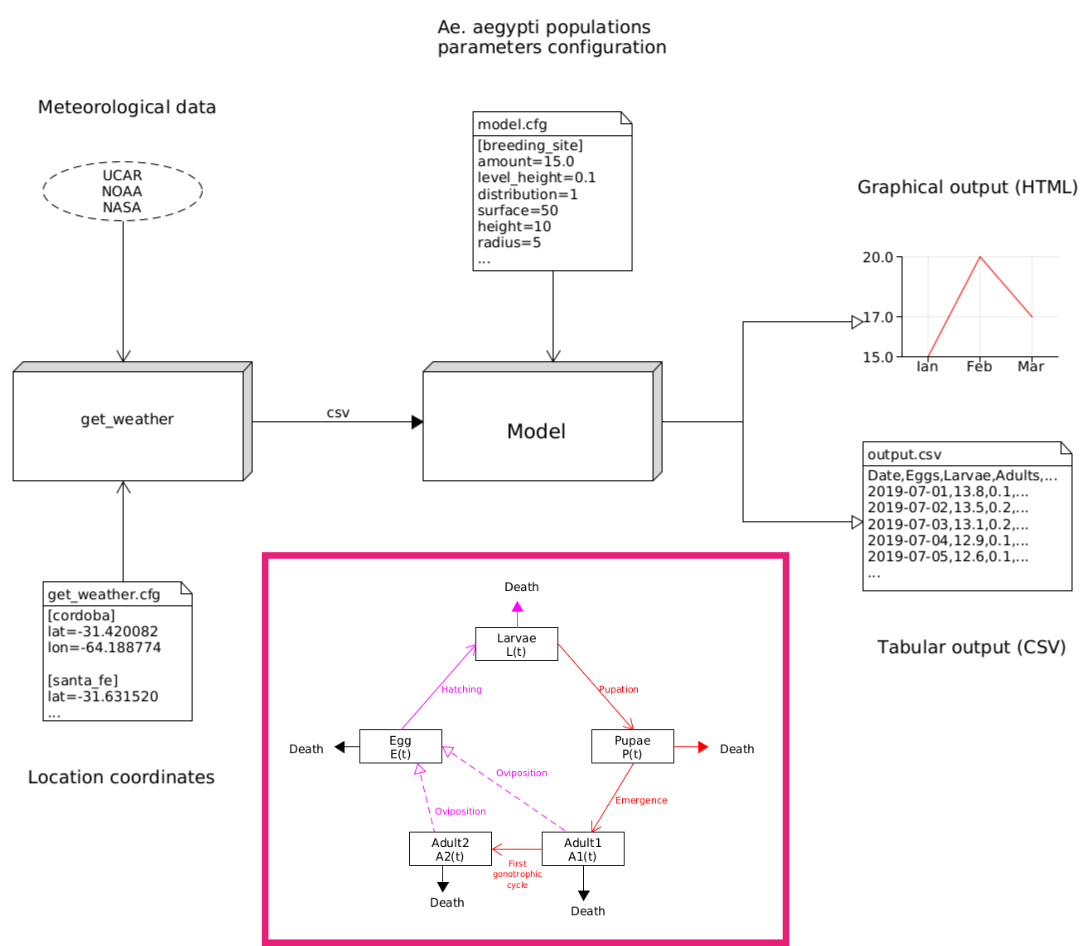
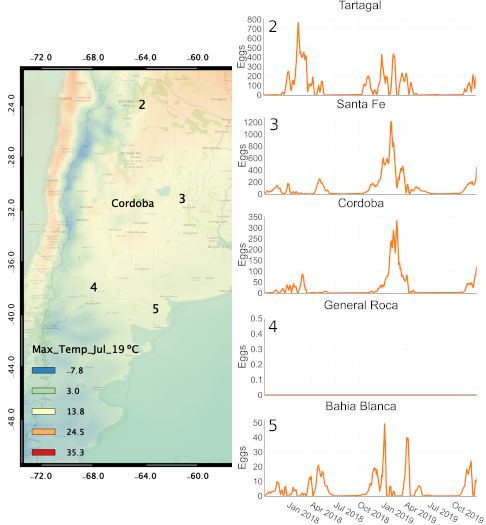
Development of an early warning system (EWS) for dengue. PhD candidate, Tomás San Miguel. 
Aguirre et al. (2021)
Online surveillance system
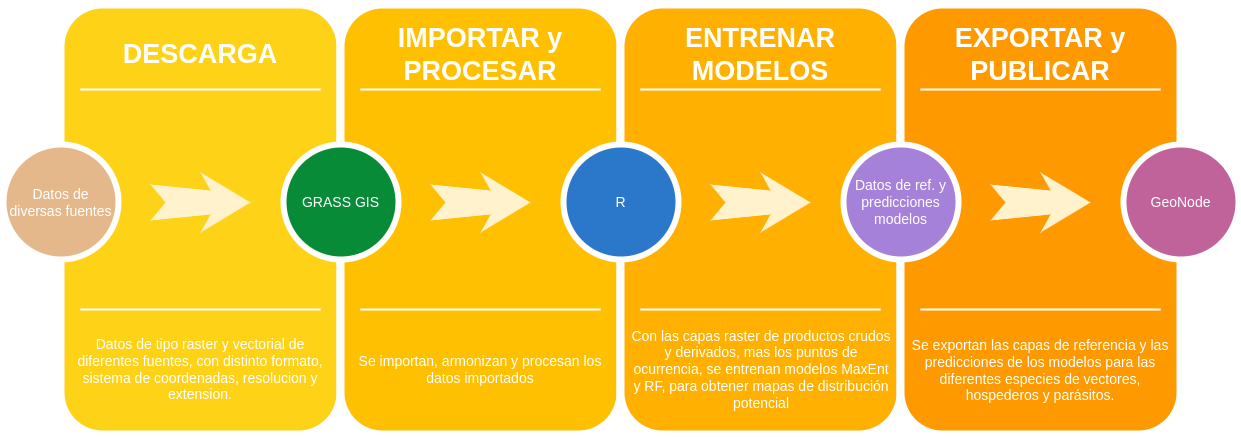

Online surveillance system
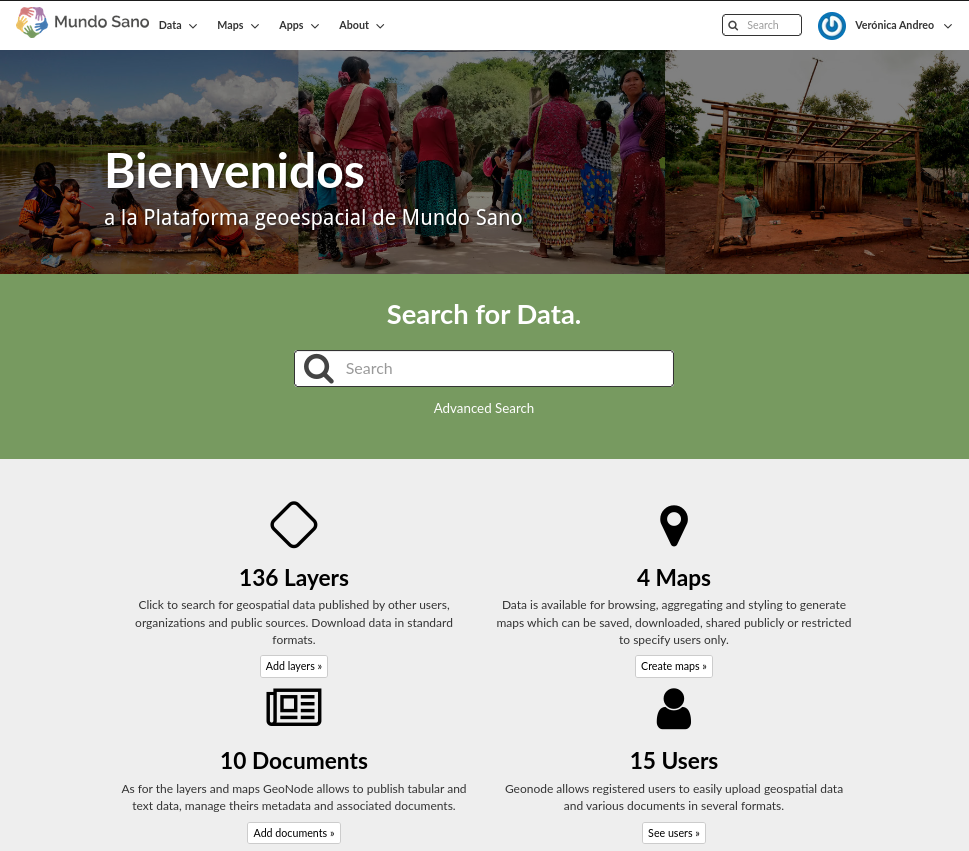
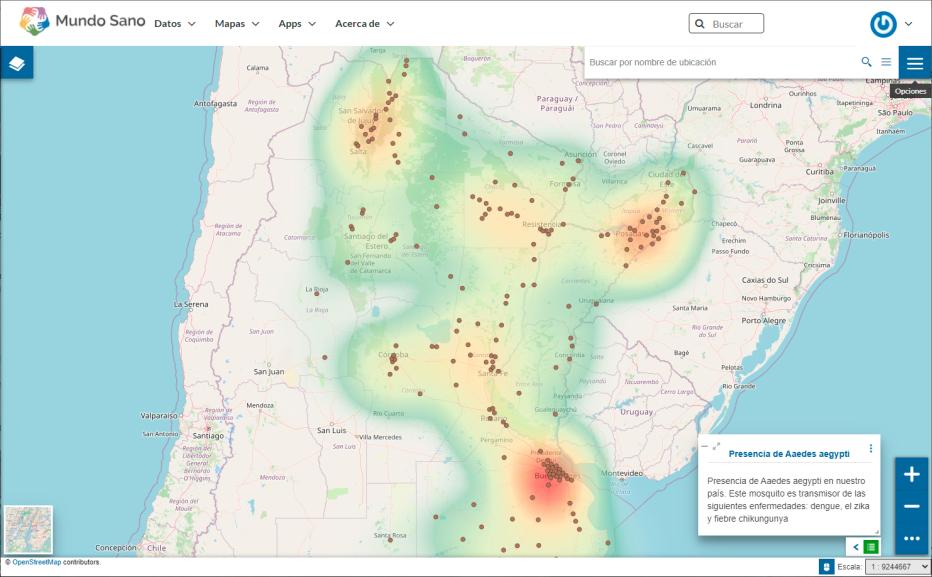
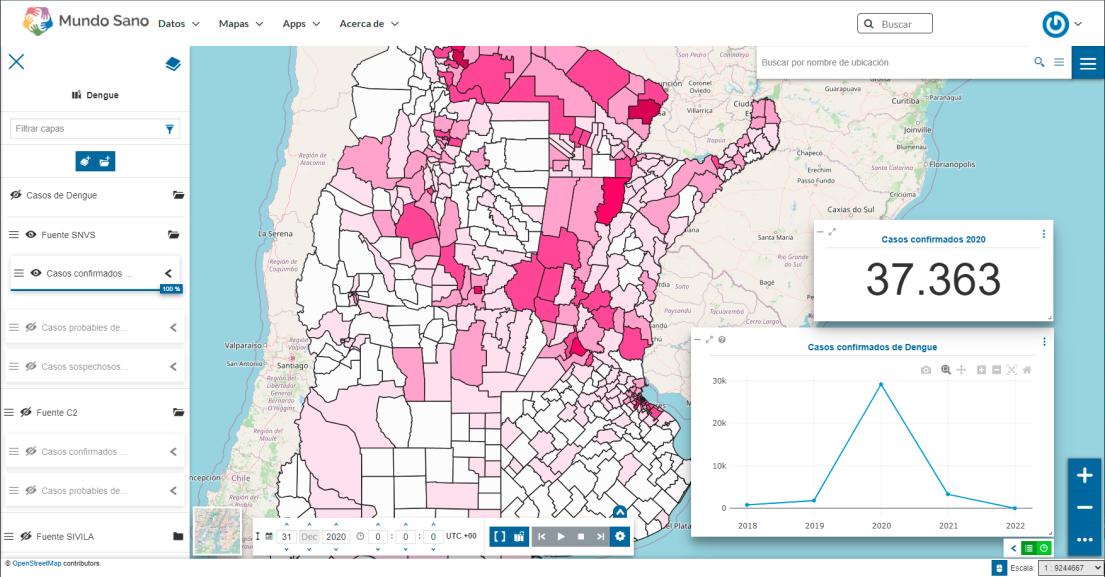
Other projects under development

Incidence of asthma as a function of remotely sensed air quality and LULCC. PhD candidate, Abraham Coiman.

Distribution of congenital diseases and access to health. PhD candidate, Carla Rodriguez Gonzalez.

Epidemiological characterisation of intestinal parasite infection in children. PhD candidate, Matias Scavuzzo.

Geospatial modelling of malnutrition in children and adolescents. PhD candidate, Micaela Campero.


Environmental variables associated with non-communicable diseases. Dr. Juan Diego Pinotti and Dr. Ximena Porcasi.
Is everything studied then??
Challenges and gaps - RS

- Trade-off between different RS resolutions, the problem under study, the data and methods available
- Gaps in optical RS: clouds, shadows in optical RS (spatial and temporal interpolations)
- Need for corrections if high level data is not suitable
- Limited access to VHR, LiDAR, Hyper-spectral (US$, tricky to scale yet)
- Investment and capacity building: huge volumes of data vs. limited bandwidth, storage and computational capacity (cloud computing, parallelisation | resources)
Field data will always be needed! :)
Opportunities: low hanging fruits?
- SAR data to avoid clouds, e.g., SAOCOM to estimate soil moisture
- Open LiDAR data, e.g., GEDI onboard of ISS
- Open source solutions for the cloud openEO.cloud, actinia, OpenPlains? ;-)
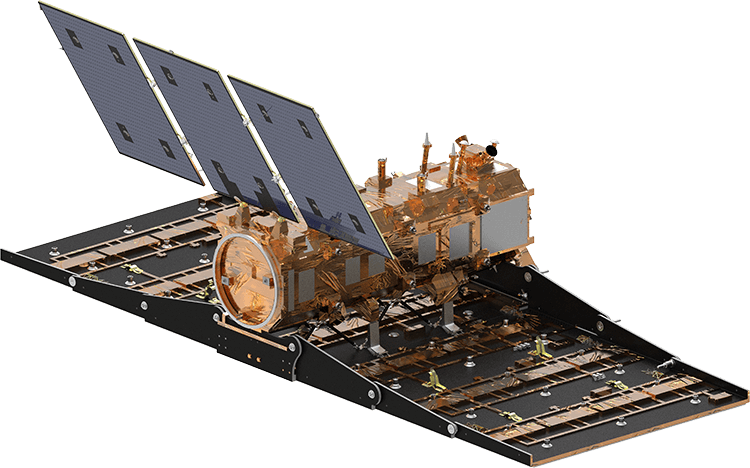
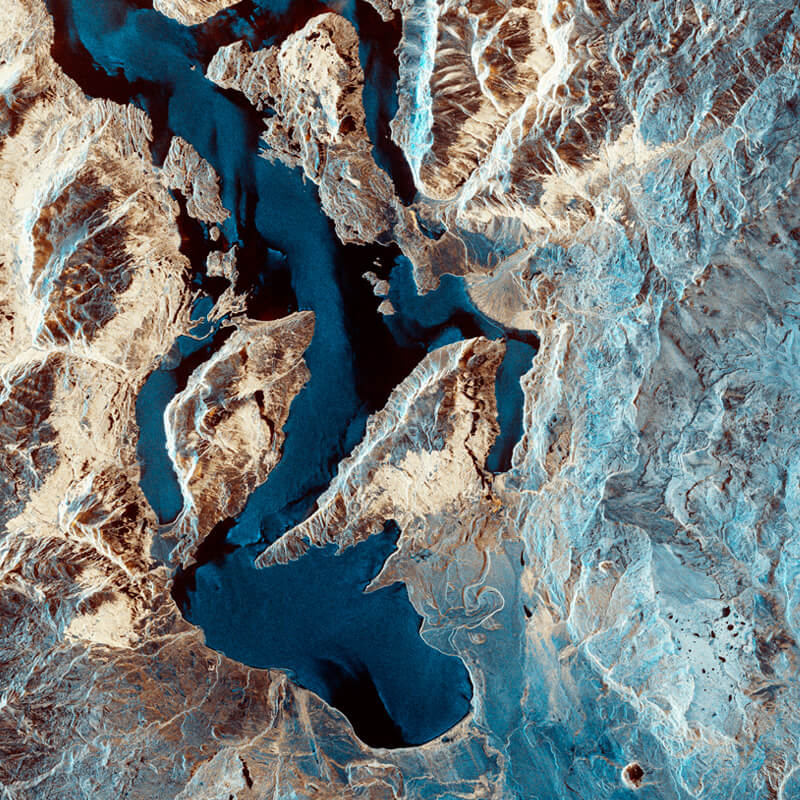
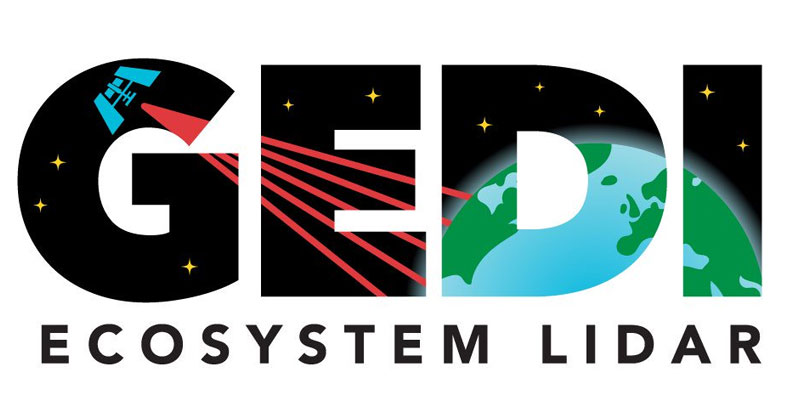
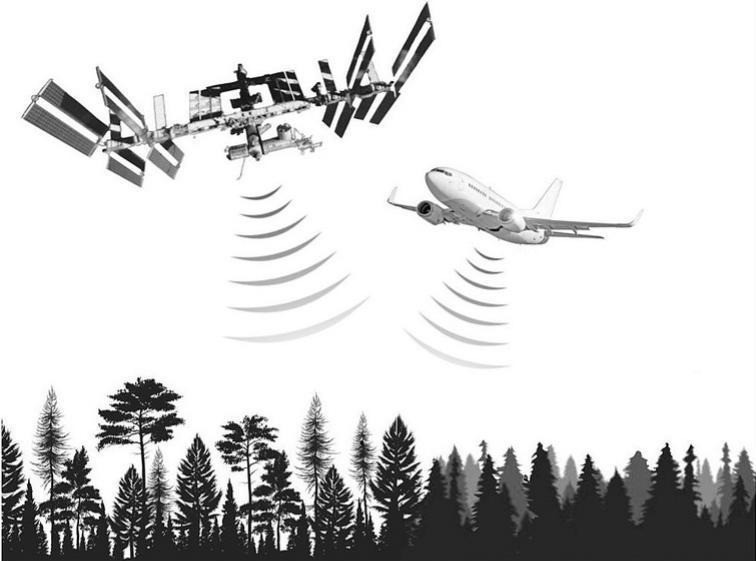

Torresani et al. (2023)
New missions: hyper-spectral for all
- A number of recent and upcoming missions for hyper-spectral data: PRISMA (recently made open), EnMap, CHIME, TIRS
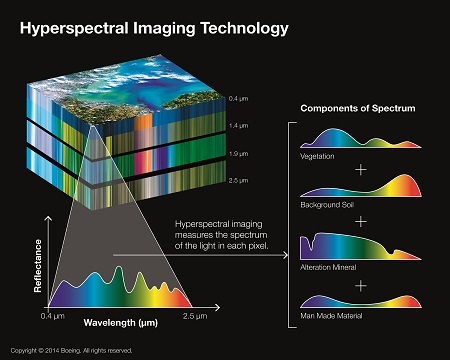

Specialized cameras onboard drones
- Cheaper UAVs with different types of cameras, e.g. thermal multi- or hyper-spectral sensors to detect and count animals in inaccessible places

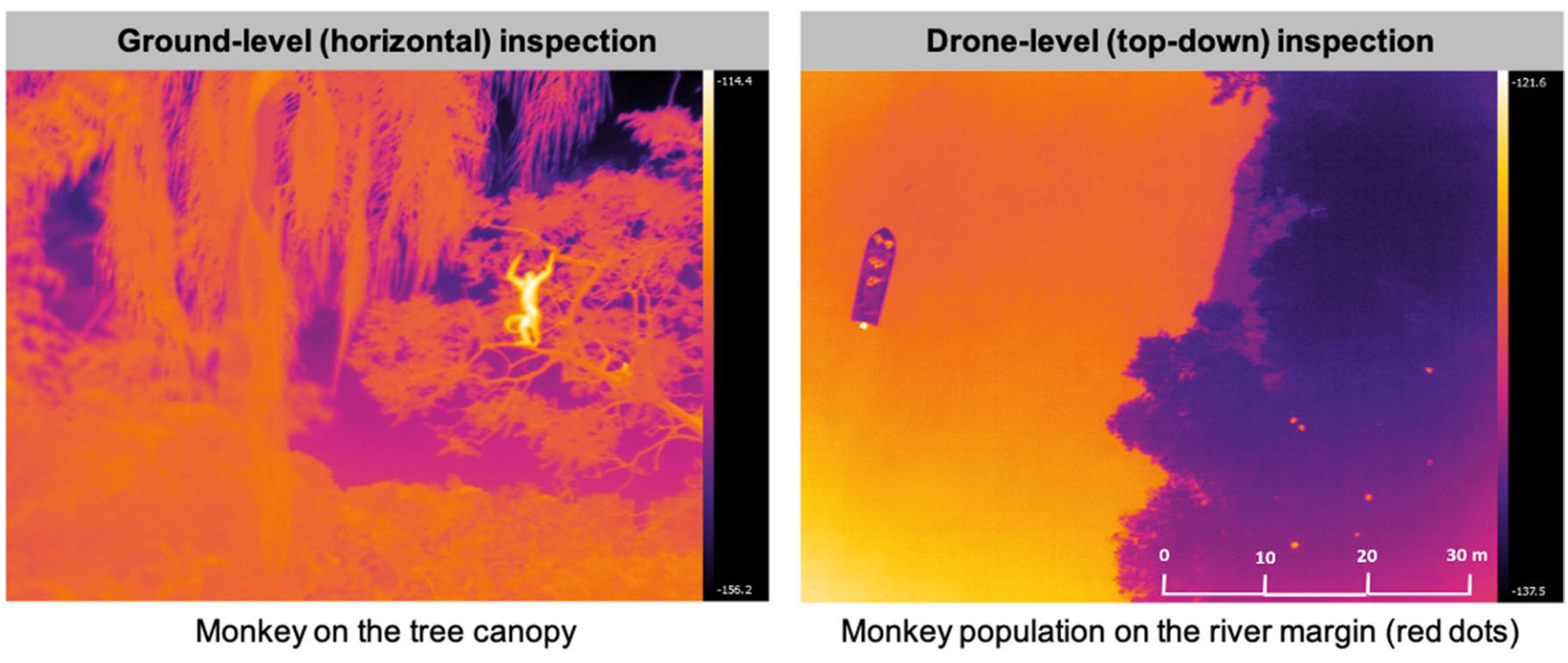
Carrasco-Escobar et al. (2022)
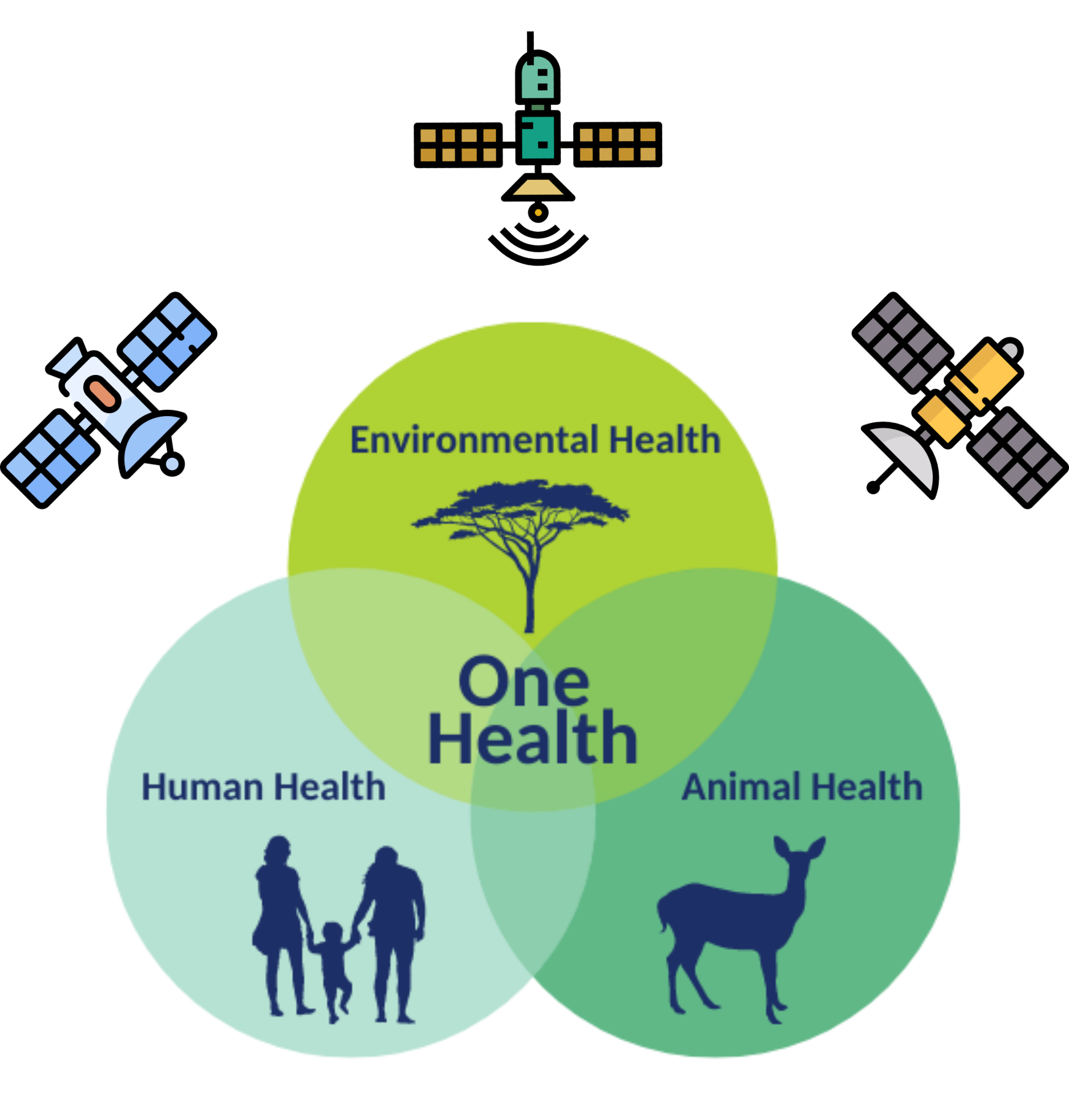
Thanks!
Unhealthy lab

References

